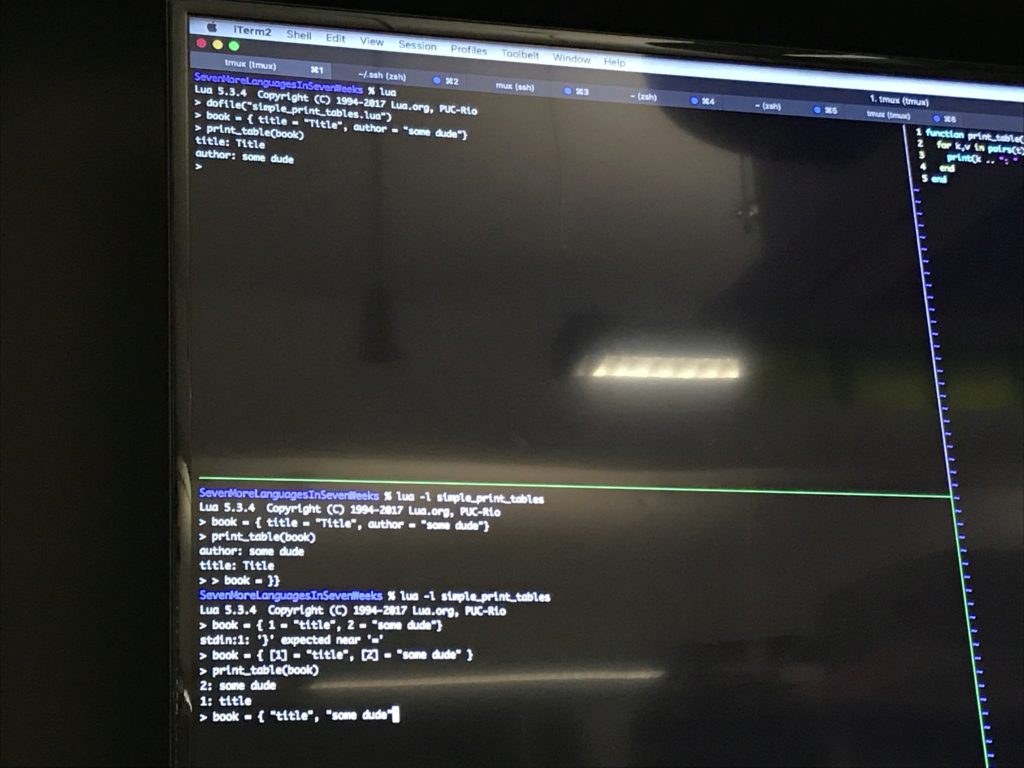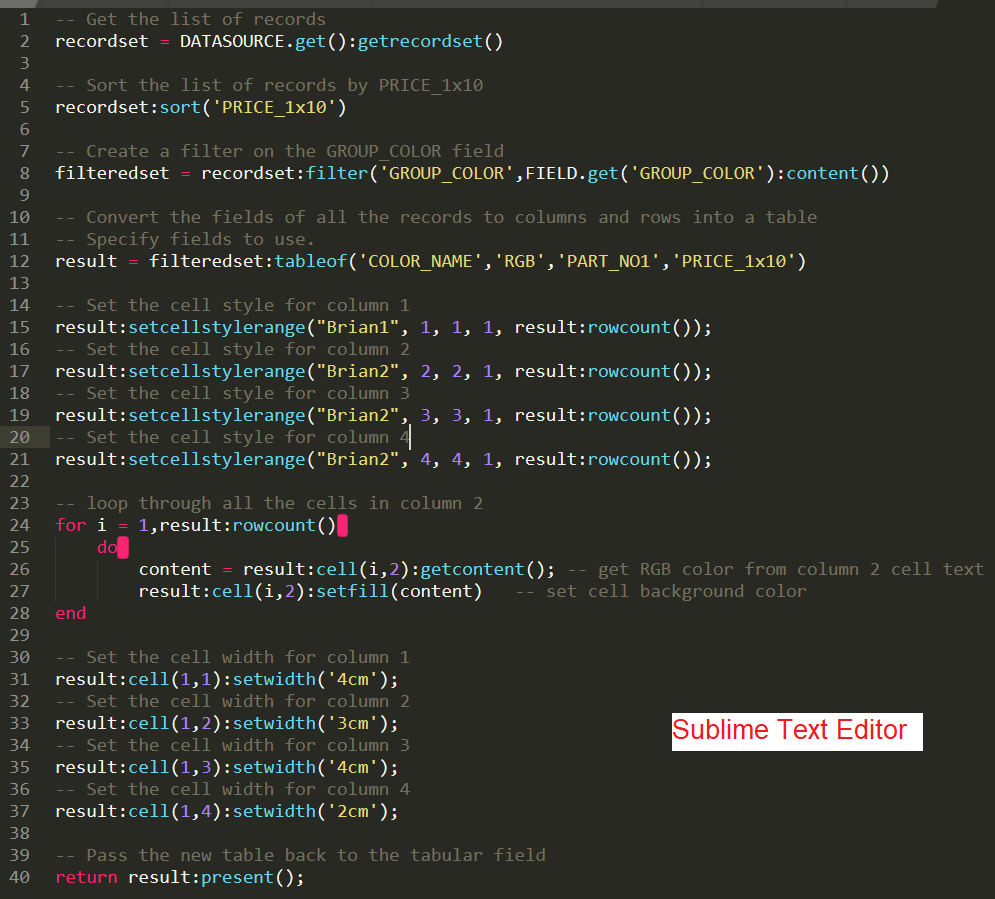
#Mudlet array full
As always, you can play with the full example here. That's pretty much all there is to band scales. attr('width', xScale.bandwidth) and it would still work. Each bar will have the same width, and we don't have to pass the datum into anything to get the value.

Note that this is a single, static value based on how the band scale was constructed. attr('width', d => xScale.bandwidth()) calls the bandwidth method on our scale to get the size it has determined each bar should be. When it receives "Billy", for example, it will find that it's the second value in the domain and return the second value from the list of positions it calculated. This is important, because the scale is essentially going to look up the name in its internal list of recognizable values. Note this is the same property we used to construct the band scale's domain. Crochet Flower Tutorial is a perfect for a diverse array of projects. attr('x', d => xScale(d.name)) sets the bar's position by passing the datum's name property to the band scale. So we're setting our rect's attributes by using the scale in two different ways. For example, if you were converting percentage values (that range from 0 to 100) to normalized values between 0 and 1, you could use a linear scale like this. A linear scale does a direct, "linear" mapping of values from one context to another. The simplest type of scale is a linear scale, which you've seen before. According to the D3 docs, ordinal scales are categorized by a discrete, rather than continuous, domain and range.

There's a name for this kind of thingĪ band scale is a type of ordinal scale.
#Mudlet array how to
We'll look at how to do that in just a moment. In our examples above, the values are simply letters and numbers but in a real world scenario you'd likely pluck the values off of your data items. It will then calculate what each bar's width should be, based on the number of items to display and the available space. In order for it to do this, you have to tell it all of the values that need to be displayed. A band scale’s primary value prop is it will calculate the “band width” for you. After all, this looks pretty silly, doesn't it? But first we need to consider space-based computing platforms and, in general terms, how they’ve influenced the operating system of choice.A basic feature of bar (horizontal) and column (vertical) charts is that the width of the "bars" is based on how many bars there are and how much space is available.

We’re going to be looking at where Linux is being used in space exploration. So, we’ll also investigate what’s held Linux back in space and, to a significant degree, continues to do so today, and what the prospects are for it to boldly go where no operating system has gone before.
#Mudlet array pro
JBL EON ONE PRO All-in-One, Rechargeable, 7 Channel Linear-Array PA. The migration of Linux into space is a recent phenomenon, though, and it’s still far from universal. senators, corporate meetings and festivals in the mud ( lets not forget a. And that takes us from NASA’s supercomputers here on Earth, through to laptops in orbit on the International Space Station (ISS) and flight control computers on SpaceX’s launch vehicles and spacecraft, to a single board computer empowering a helicopter flying on Mars.Īs well as looking at where and how Linux is used in astronautics, we’ll also delve into why it’s used. But all that’s changing, so we’ll be looking at how Linux is becoming an important facilitator in space exploration. Joking aside, the truth is that the heavens aren’t full of Linux-toting computers.
#Mudlet array windows
Why do astronauts use Linux? Because you can’t open Windows in space.


 0 kommentar(er)
0 kommentar(er)
